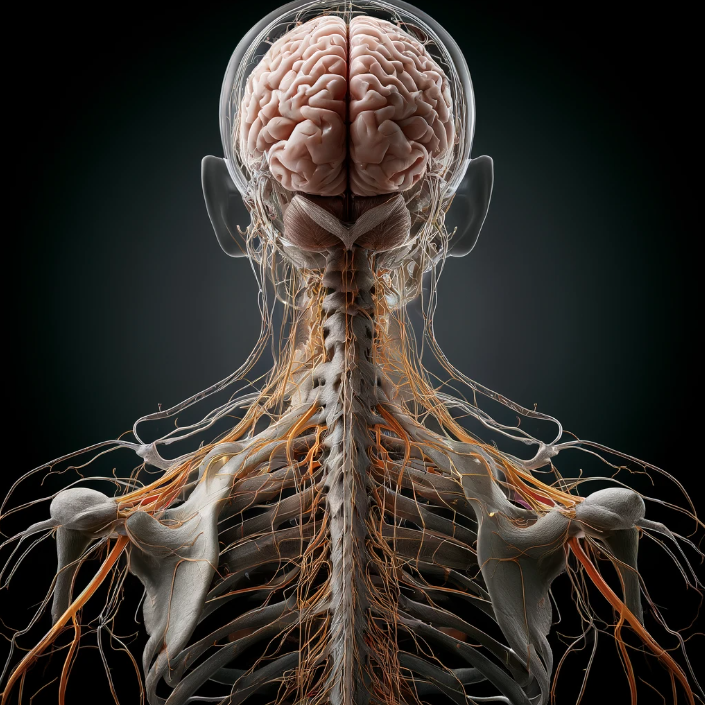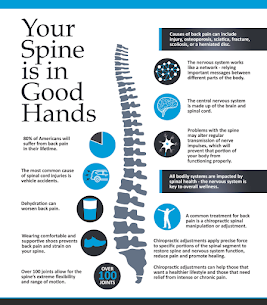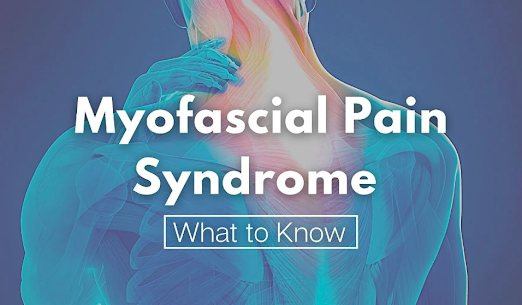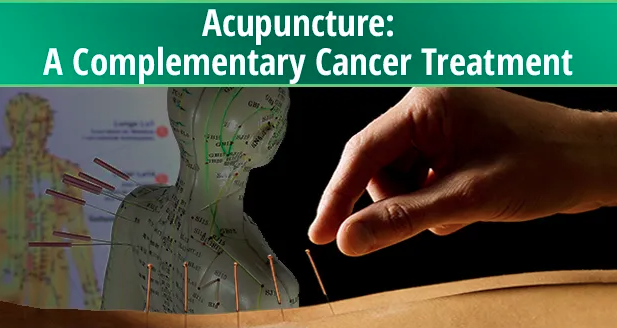Dry Needling Studies and Analysis
Dry Needling Therapy | Omaha, NE | Komp Chiropractic and Acupuncture

DRY NEEDLING STUDIES AND ANALYSIS
Dry needling is used by an increasing number of physical therapists in the United States and worldwide to treat musculoskeletal pain. As the use of dry needling by physical therapists becomes more widespread, it is essential to continually appraise the evidence supporting or refuting its efficacy.
Eleven systematic reviews (SR) and meta-analyses (MA) have been published on dry needling since 2019! Before 2019, several other systematic reviews and meta-analyses on dry needling were published; however, the results of these older papers were mixed due to the limited number of randomized controlled dry needling studies.
Fernández-De-Las-Peas and colleagues performed a systematic review and meta-analysis of trigger point dry needling in combination with other treatments for neck pain. In their conclusion, they stated that the combination of dry needling with other interventions positively affects pain-related disability, pain intensity, pressure pain thresholds, and cervical range of motion in individuals with neck pain associated with TrPs in the short term. However, based on the studies included, they found no midterm or long-term effects.
Fernández-De-Las-Peas and colleagues
stated in another systematic review and meta-analysis of dry needling for the management of spasticity that moderate evidence suggested a positive effect of dry needling on spasticity in the lower extremity in post-stroke patients. However, the effects on related pain and motor function were inconclusive.
Rahou-El-Bachiri and colleagues
looked into the effects of trigger point dry needling on pain and disability in patellofemoral pain but not in knee osteoarthritis or post-surgery knee pain in the short term.
Another systematic review and meta-analysis looked at the effects of trigger point dry needling on musculoskeletal lateral epicondylalgia. Navarro-Santana and colleagues used the Cochrane Guidelines to assess the risk of bias, the methodological quality as measured by the PEDro score, and the quality of evidence with the GRADE approach. Seven studies included 320 patients with lateral epicondylalgia. In summary, the meta-analysis discovered that, when compared to a comparative group, dry needling reduced pain intensity and related disability with large effect sizes, increased pressure pain thresholds with large effect sizes, and grip strength with a small effect size. The risk of bias was low, but the heterogenicity of the results downgraded the evidence level. Dry needling had a short-term positive effect on pain, pain-related disability, pressure pain sensitivity, and strength in patients with musculoskeletal lateral epicondylalgia.
Sarmiento-Hernández and colleagues
performed a systematic review and meta-analysis on the efficacy of invasive techniques in fibromyalgia patients. Invasive techniques, such as dry needling and acupuncture, significantly reduce pain, the impact of fibromyalgia, and the pain pressure threshold while improving quality of life.
Lew and colleagues looked at the effectiveness of dry needling vs. manual trigger point therapy in reducing pain and restoring mobility. This systematic review included six randomized controlled trials with 241 participants total. The study determined that dry needling and manual trigger point therapy were effective in improving pain and function in short to medium term.
Navarro-Santana et al. According to their latest systematic review and meta-analysis, dry needling is effective for myofascial trigger points related to neck pain symptoms. They conclude that "low to moderate evidence shows that dry needling can be effective for improving pain intensity and pain-related disability to people with neck pain symptoms associated with trigger points in the short term." "There were no significant effects on pressure pain sensitivity or cervical range of motion compared to sham, placebo, or other forms of dry needling."
The Physical Therapy & Rehabilitation Journal has published three systematic reviews (SR) and meta-analyses (MA) that are still "in progress" but are already online:
- Navarro-Santana et al. looked into the effects of trigger point dry needling for non-traumatic shoulder pain of musculoskeletal origin. "Moderate- to low-quality evidence suggests that TrP dry needling has a small effect on pain intensity (small effect) and a large effect on pain-related disability (large effect) in non-traumatic shoulder pain of musculoskeletal origin, often in the short term," they conclude.
- Sánchez-Infante et al. performed a systematic review and meta-analysis to determine whether dry needling by physical therapists is effective for the treatment of pain associated with musculoskeletal conditions. According to their conclusion, "low-quality evidence that the immediate to 72-hour (large) effect, 4- to 12-week (large) effect, 13- to 4-week (large) effect, and moderate-quality 1- to 3-week (moderate) effect suggested that DN performed by PTs was more effective than no treatment, sham DN, and other therapies for pain reduction."
- Pourahmadi et al. (including Jan Dommerholt) conducted a systematic review and meta-analysis of dry needling to treat tension-type, cervicogenic, or migraine headaches. They found that "dry needling produces similar effects to other interventions for short-term headache pain relief; however, dry needling appears to be better than other therapies for improvement in related-disability in patients." Dry needling, in particular, significantly improved related disability in patients with tension-type and cervicogenic headaches in the short term. On the other hand, very low-quality evidence indicates that dry needling is not statistically better than other interventions that improve headache pain intensity in the short term in patients with TTH or mixed headaches.
Provided that the evidence is mostly based on low-to-moderate levels of evidence, each SR and MA concluded that higher-quality studies are needed. In nearly all dry needling studies, the lack of proper blinding and proper controls is a major issue. Nonetheless, there is growing evidence confirming the daily experiences of tens of thousands of clinicians in the United States and many more around the world. Dry needling is a valid and effective treatment option, particularly when used with other therapeutic interventions.
Dry Needling Therapy in Omaha, NE
If you'd like to try dry needling for the first time or add it to your current pain management or sports recovery protocol, please schedule a consultation with Komp Chiropractic and Acupuncture Clinic in Omaha, NE.
Omaha Chiropractors and Acupuncture
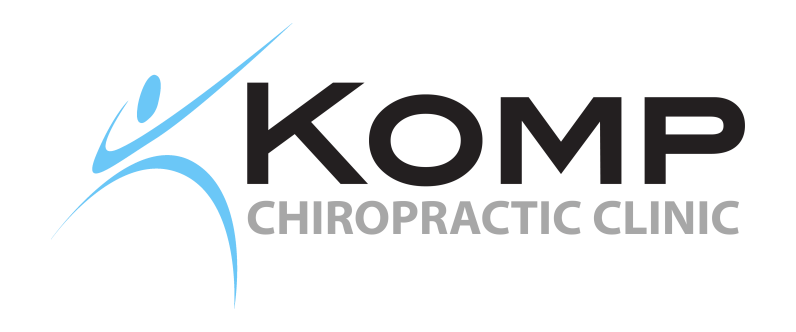
CONTACT
CONTACT
SERVICES
QUICK LINKS
QUICK LINKS
BUSINESS HOURS
- Mon - Wed
- - -
- Thursday
- - -
- Friday
- -
- Sat - Sun
- Closed
Copyright Komp Chiropractic and Acupuncture Clinic | Proudly Powered by Snapps


